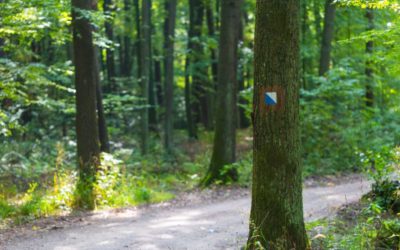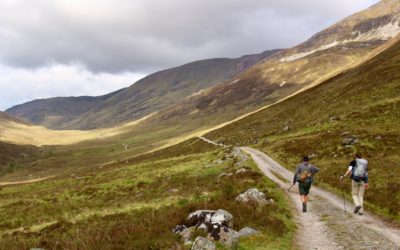At the moment, hikers can expect a special gift in nature: the prospect of finding wild herbs and turning them into homemade delicacies. Anyone who knows which wild herbs are edible and how to recognize them can enjoy a flood of high-quality organic foods. And completely free of charge. In a previous blog post, we reported on some of the snacks you can take with you on hikes. In this post, we discover some of the wild herbs you can take home from an excursion into nature and what delicious dishes you can conjure up from them.
1. Harvest wild garlic
From mid-March to May you can find this aromatic weed at the edge of the path in shady forests.
You can recognize wild garlic by the elongated, medium-green leaves, the star-shaped white flower and, above all, the rich garlic smell. It covers the forest floor with a spacious, green carpet and is best harvested with scissors.
It is important to ensure against confusing wild garlic with the poisonous lily of the valley. But just rub a sheet between your fingers: if it smells strongly of garlic, everything is fine. The star-shaped flower also distinguishes wild garlic from the bell-shaped flowers of the lily of the valley.
From the stem to the leaves, buds and flowers, all parts of the wild garlic plant are edible.
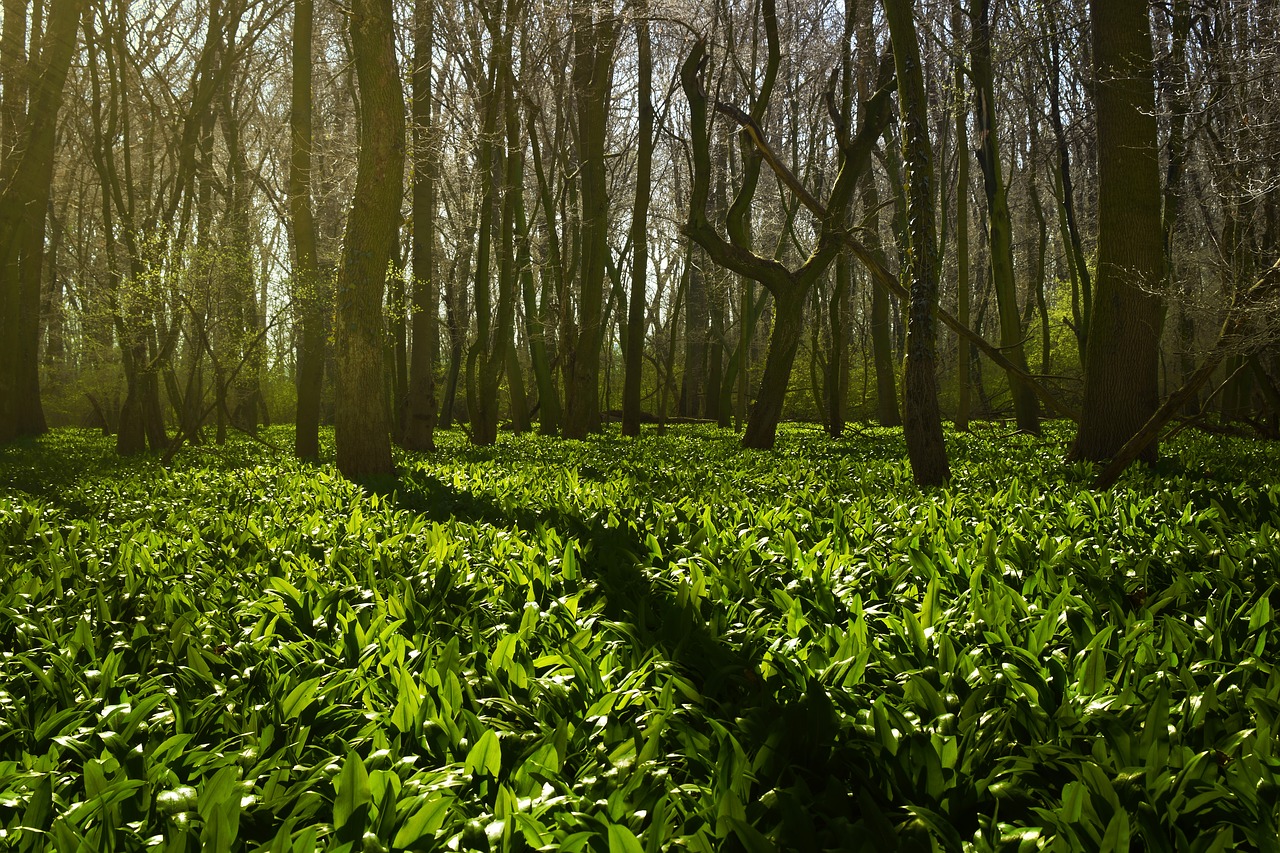
Recipe: Wild garlic pesto
You can simply use wild garlic as a garlic substitute and fry it in the pan. An absolute classic, however, is to process the fragrant leaves raw into pesto.
To do this, you need the following ingredients:
- Two handfuls of wild garlic
- A handful of walnuts or other nuts
- A dash of oil of your choice
- 1/2 teaspoon salt
- 1 teaspoon fresh pepper
Whisk everything in the food processor and pour the pesto into glasses. If stored in the dark, they should last up to 8 weeks. Wild garlic pesto is ideal as a hearty spread, as an addition to salads or classically pure with your favorite pasta. A bread with pesto or a can of pasta are also good provisions for a picnic after a hike.
2. Stinging nettle
Although it is decried as a weed, the nettle is a medicinal plant that not only surprises with its mild taste, but also has an anti-inflammatory effect. It grows almost everywhere and especially when the nettle is young, it can be harvested very easily and processed into various delicacies. The taste is not dissimilar to spinach and so the vegetables can be made into sauces, fried or even serve as a topping for pizza.
The best time to harvest the leaves is from April to June, before the nettle flowers.
It is best to wear gardening gloves when harvesting.
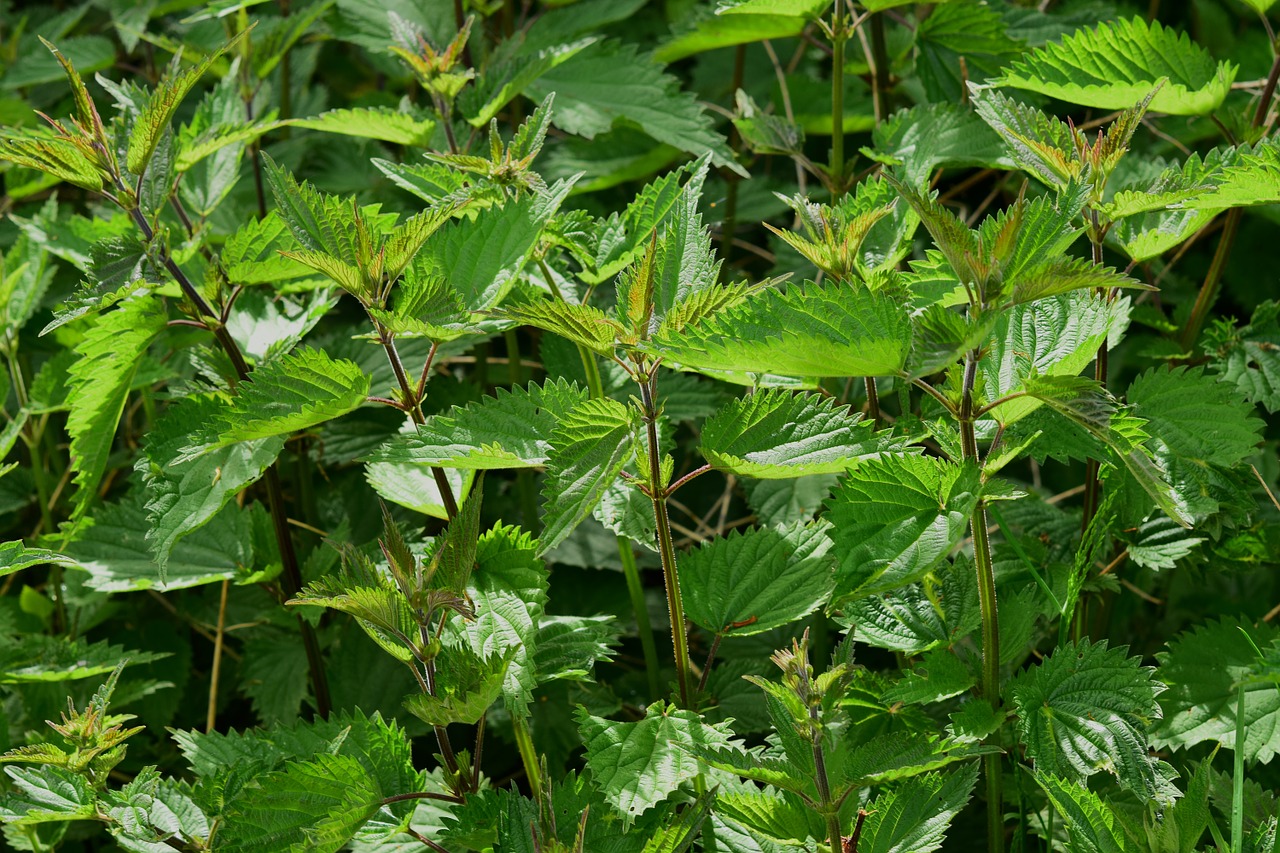
Recipe: Nettle tea
Wash the stems and leaves and pour bubbly hot water over them. After 7 minutes, the tea is ready to drink and has a slightly sweet aroma. Take out the leaves, otherwise the tea will be slightly bitter and dark in color.
Recipe: Nettle soup
For this soup, boil and puree nettles and potatoes. The result? Extremely creamy and with a fine taste.
Ingredients for 4 people
- A large bowl of nettles
- 6 medium-sized potatoes
- An onion
- A clove of garlic (or if you have: some wild garlic leaves)
- Some vegetable oil
- Salt
- Pepper
- Cumin
- Vegetable broth
- Pumpkin seeds
- (Oat) milk to taste
Preparation
- Wash all the ingredients.
- Peel the onions and garlic and cut the potatoes into cubes.
- Bring a pot of water to a boil. When it is bubbly, add the nettles and blanch them for 4 minutes. Take them out with tongs and put them in a bowl of cold water. If necessary, cut off hard and fibrous parts of the root.
- Put the diced potatoes in the cooking water, salt it and wait for them to soften.
- Fry the onions and garlic in a saucepan.
- Pour onions and garlic with water, add potatoes and nettles. It is enough if the vegetables are covered with water. Simmer everything.
- Puree all the ingredients and season the cream soup with spices and (oat) milk to taste.
If you like, you can garnish the soup with (roasted) pumpkin seeds or, as here, with dandelion vegetables.
3. Dandelion vegetables
Can you eat dandelions? But without hesitation! The leaves are quite bitter raw, but can be steamed excellently and the flowers embellish every salad. Simply harvest fresh dandelion leaves in the garden or from a meadow. Fry the onions and garlic (wild garlic) and add the leaves. Similar to spinach, dandelions shrink a lot. Season with pepper, chilli and paprika. This creates a nice contrast, the onions add a certain sweetness.
Bon Appétit!
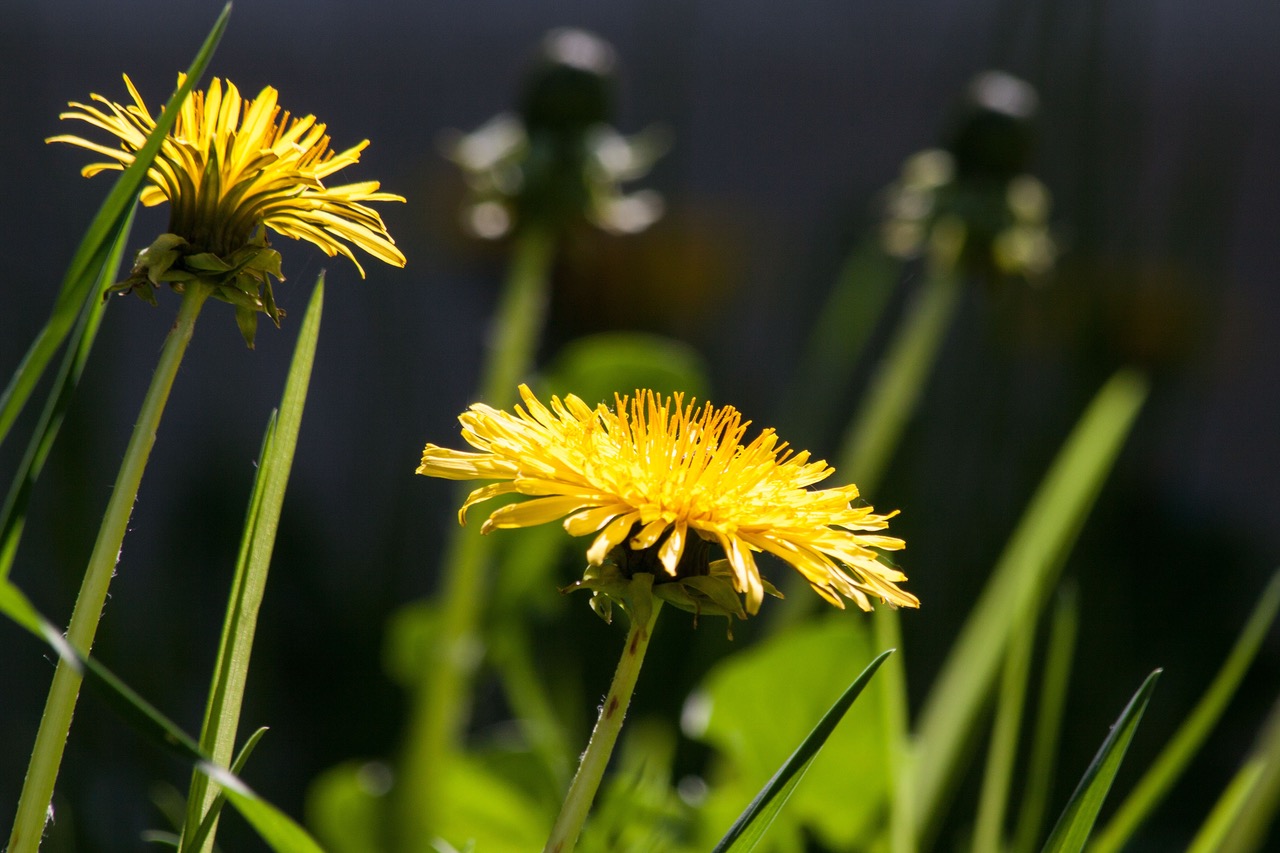
We hope that you enjoyed this guide to recipes and tips for collecting wild herbs. If you’re interested in searching for herbs and other wild foods, why not consider an Ireland or UK hiking tour.
Related Content
- Ten Outdoor Activities That Are Fun And Easy To Do
- From Mountains to Forests, Here are 5 Breathtaking Hiking Trails You Can’t Miss Out On
- Ultimate Backpacking Checklist
- Unleash your Inner Adventurer: The Top 5 Most Challenging Hiking Trails for Thrill-Seekers
- From Beginner to Pro: Tips for Planning Your First Hiking Trip and Finding the Perfect Trail for You

